Refine listing
Actions for selected content:
16950 results

Statistical Analysis of Spherical Data
-
- Published online:
- 06 January 2010
- Print publication:
- 20 August 1987
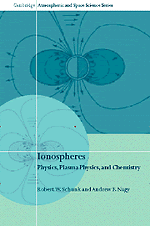
Ionospheres
- Physics, Plasma Physics, and Chemistry
-
- Published online:
- 06 January 2010
- Print publication:
- 26 June 2000
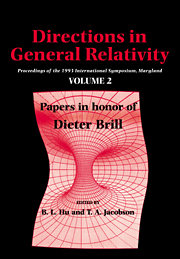
Directions in General Relativity
- Proceedings of the 1993 International Symposium, Maryland: Papers in Honor of Dieter Brill
-
- Published online:
- 06 January 2010
- Print publication:
- 16 November 1956
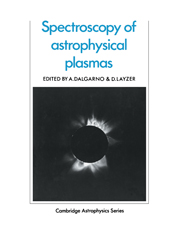
Spectroscopy of Astrophysical Plasmas
-
- Published online:
- 30 December 2009
- Print publication:
- 11 June 1987

Infrared Astronomy
-
- Published online:
- 23 December 2009
- Print publication:
- 27 January 1994
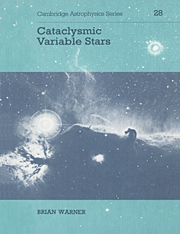
Cataclysmic Variable Stars
-
- Published online:
- 23 December 2009
- Print publication:
- 14 December 1995
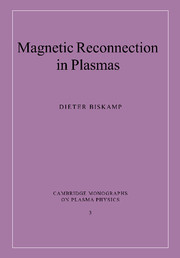
Magnetic Reconnection in Plasmas
-
- Published online:
- 23 December 2009
- Print publication:
- 14 September 2000

Fitness of the Cosmos for Life
- Biochemistry and Fine-Tuning
-
- Published online:
- 18 December 2009
- Print publication:
- 06 December 2007
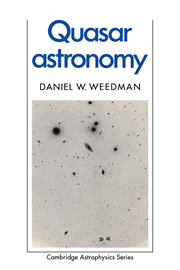
Quasar Astronomy
-
- Published online:
- 18 December 2009
- Print publication:
- 14 August 1986
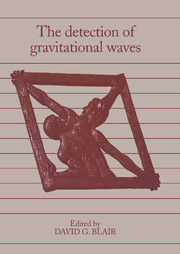
The Detection of Gravitational Waves
-
- Published online:
- 18 December 2009
- Print publication:
- 25 July 1991

A Tapestry of Orbits
-
- Published online:
- 18 December 2009
- Print publication:
- 29 October 1992
5 - Mars tectonics
-
-
- Book:
- Planetary Tectonics
- Published online:
- 30 March 2010
- Print publication:
- 17 December 2009, pp 183-232
-
- Chapter
- Export citation
10 - Fault populations
-
-
- Book:
- Planetary Tectonics
- Published online:
- 30 March 2010
- Print publication:
- 17 December 2009, pp 457-510
-
- Chapter
- Export citation
Contents
-
- Book:
- Planetary Tectonics
- Published online:
- 30 March 2010
- Print publication:
- 17 December 2009, pp v-vi
-
- Chapter
- Export citation
Plates
-
- Book:
- Planetary Tectonics
- Published online:
- 30 March 2010
- Print publication:
- 17 December 2009, pp -
-
- Chapter
- Export citation
1 - Planetary tectonics: introduction
-
-
- Book:
- Planetary Tectonics
- Published online:
- 30 March 2010
- Print publication:
- 17 December 2009, pp 1-14
-
- Chapter
- Export citation
Frontmatter
-
- Book:
- Planetary Tectonics
- Published online:
- 30 March 2010
- Print publication:
- 17 December 2009, pp i-iv
-
- Chapter
- Export citation
8 - Planetary structural mapping
-
-
- Book:
- Planetary Tectonics
- Published online:
- 30 March 2010
- Print publication:
- 17 December 2009, pp 351-396
-
- Chapter
- Export citation
List of contributors
-
- Book:
- Planetary Tectonics
- Published online:
- 30 March 2010
- Print publication:
- 17 December 2009, pp vii-x
-
- Chapter
- Export citation
2 - The tectonics of Mercury
-
-
- Book:
- Planetary Tectonics
- Published online:
- 30 March 2010
- Print publication:
- 17 December 2009, pp 15-80
-
- Chapter
- Export citation
